Through March 17 of this year, the Asian Civilisations Museum (ACM) in Singapore hosted Secrets of the Sea: The Tang Shipwreck, an international exchange exhibition between Korea and Singapore. In this interview with Dr. Stephen Murphy, ACM Senior Curator and Southeast Asian archaeology expert, we learn more about Singapore and its role as a center of maritime exchange between the East and the West.
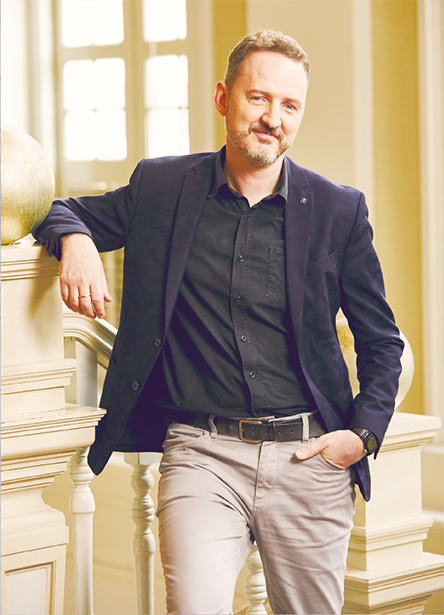
“Civilization” is a word with many meanings. What topics are covered at the ACM, given that it uses the word “civilization” in its name? And could you introduce us to the ACM’s exhibition hall?
The ACM explores the historical correlation between various cultural heritages of Asia and Singapore. The museum, which first opened in 1997, has since been designated as the national museum of Singapore and has endeavored to find cultural links between the history of Singapore’s ancestors and Asia.
The ACM’s gallery is classified according to themes. From 2015 until the present, the gallery has been organized to present the meaning Singapore has, having served as a port where the exchange of culture and arts thrived while also going through its independence and experiencing an influx of multiracial people. The gallery on the first floor exhibits the connection between Singapore and other cultures that can be perceived through the word “trade.” It shows how different forms of art have been introduced to Singapore and mixed with local influences. The gallery on the second floor displays how the arts and cultures of India, China, and Southeast Asia, specifically Islamic and Christian cultures, spread into East Asia.
In particular, it explains the process and history of how Christianity spread to Asia through the 14th century Christian arts of India and the 17th century Christian arts of China. It’s a very interesting historical fact that Singapore has served as a trade route in this regard. The gallery on the third floor, which is currently under renovation and is scheduled to reopen later this year, is the gallery of Materials and Design. This area will demonstrate how the interaction between each civilization was possible through a range of clothing, goods, and accessories.
Earlier this year, you hosted the Korea-Singapore international exchange exhibition Secrets of the Sea: The Tang Shipwreck. Please tell us more about this exhibition and the importance and value of the artifacts that were on display.
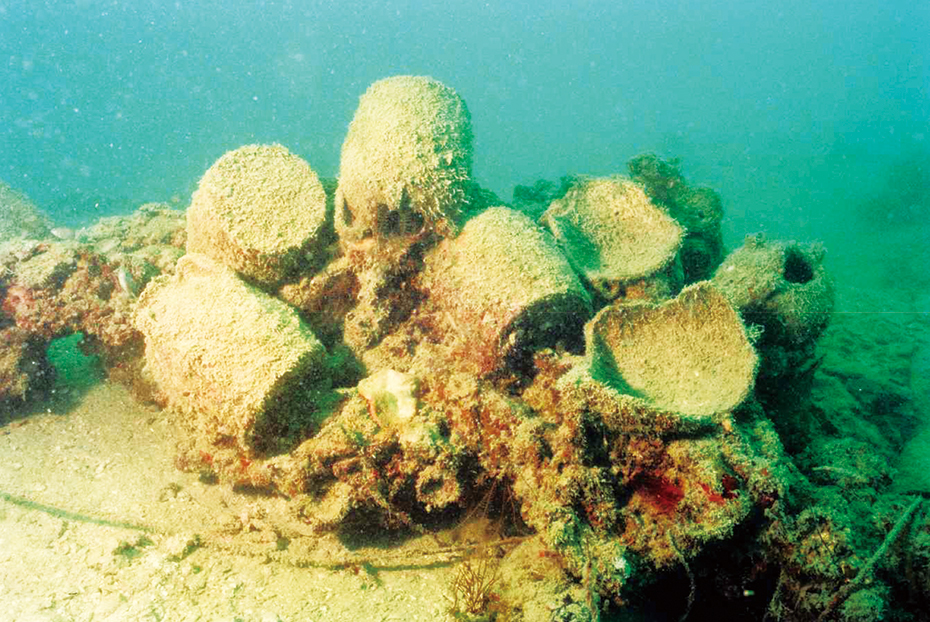
Submerged Arab shipwreck, excavated in 1998
This international exchange exhibition was arranged to introduce the relics of the Tang Shipwreck, which was first discovered in Asia in 1998. The relics from the shipwreck were a remarkable discovery which suggested that the Tang Dynasty and West Asia were in a trading relationship in the 9th century. This finding is significant as one of the greatest achievements in the underwater archeology history of Southeast Asia in the 20th century.
More than 60,000 pieces of Chinese pottery and trade goods were excavated from the Arab shipwreck. The ship got into an accident while sailing from Ningbo in China to West Asia via Kyoto, Japan; it’s presumed that the boat also stopped in Korea. The relics we displayed show traces of Asia’s maritime trade activities and intercultural exchange. I believe the exhibition, in showing the cultural trade that existed between Asian countries, served as a testament to the fact that Asia was not isolated in the world at the time.
It’s known that Asian countries have interacted with one another and engaged in artistic and cultural exchange since ancient times. What role did Singapore play in this exchange? And what sorts of artifacts uncover the history of this exchange?
As we can see from the Tang Shipwreck, trade certainly took place between ancient East and West Asia. In particular, the 9th century has been called the “Golden Age of the Maritime Silk Road,” a period during which trade flourished. On this Maritime Silk Road, Singapore played the role of a multicultural trade port connecting Asia and the rest of the world. Called the “Gate of the East and the West,” it served as a geographic link between the two regions because of its location at the end of the Malay Peninsula. As such, Singapore is valuable in and of itself as a site of the exchange of products of Eastern and Western civilizations. The results of this trade encompass history, culture, and religion.
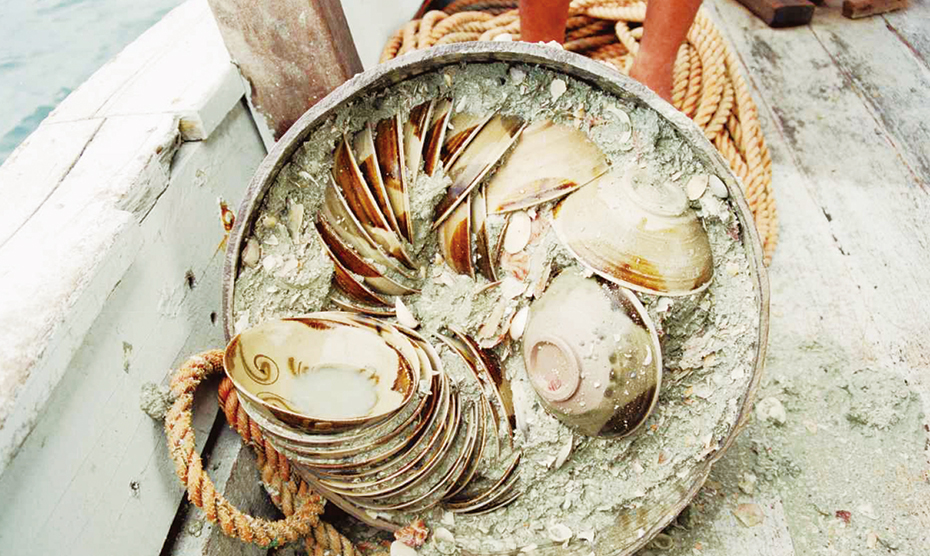
Pieces of pottery packed in a kiln
The relics that best show this history of exchange are Chinese pottery artifacts. Some of these have been so well preserved that even after such a long time, they can attest to the cultural connection between Asia and the rest of the world. However, I personally feel that the relics of shipwrecks recovered from the bottom of the sea, like the ones in the international exchange exhibition, are appealing in an emotionally special way. I think they are much more beautiful.
ASEAN countries still maintain amicable relations while participating in mutual growth. What role should archeology and art play in leading ASEAN countries toward an even better community in the future?
I think it depends on where archeology and art are used. Unfortunately, archeology in the past has been used for the purpose of reinforcing nationalism.
I hope archeology and art move forward to have a positive influence on the future of ASEAN countries. And I also hope that these fields will serve as a foundation to help ASEAN countries interact with each other in the areas of trade and cultural exchange.
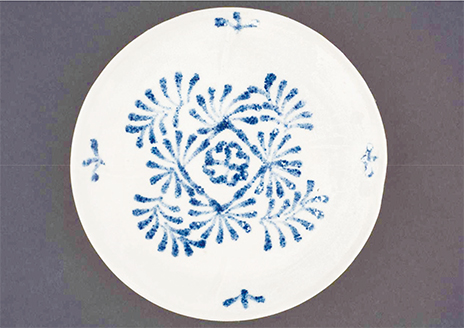
Blue and white ceramic dish (Tang dynasty, 9th century)
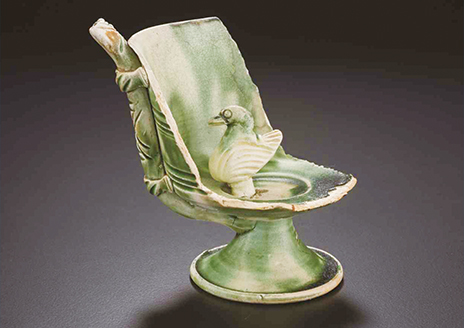
Stem cup, green-glazed ceramic (Tang dynasty, 9th century)
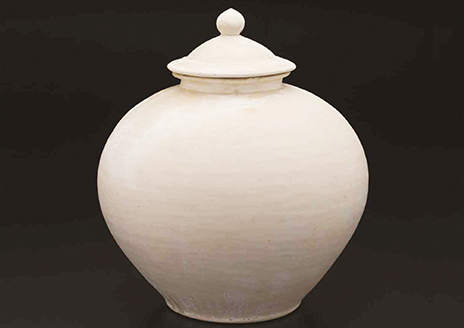
Large ovoid jar, White-glazed stoneware (Tang dynasty, 9th century)
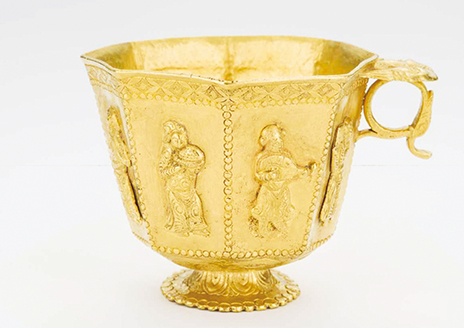
Cup, Gold (Tang dynasty, 9th century)
Last but not least, please tell us about any exhibitions or projects currently being considered at the ACM.
The ACM will hold the exhibition GUO PEI: CHINESE ART & COUTURE from June to September. This exhibition is a contemporary fashion show that sheds new light on the relationship between China and the world today, regarding how silver from Mexico and South America came across to China and how this helped create some of China's splendid arts and traditions.
In May of the following year, many cultural assets will be displayed in museums affiliated with the ACM, although no specific future plans have been made by the ACM itself. Our museum is continuously striving to preserve Asian cultural heritage and promote the culture of Singapore, and we humbly request your continued interest.
 KOREA FOUNDATION
KOREA FOUNDATION












